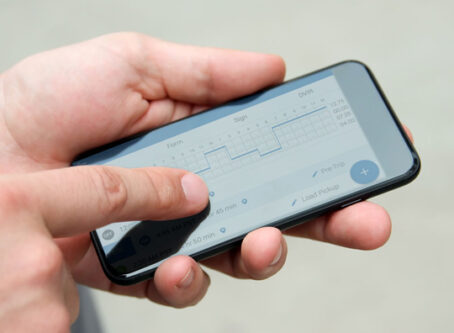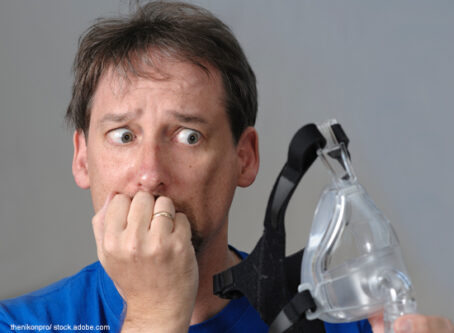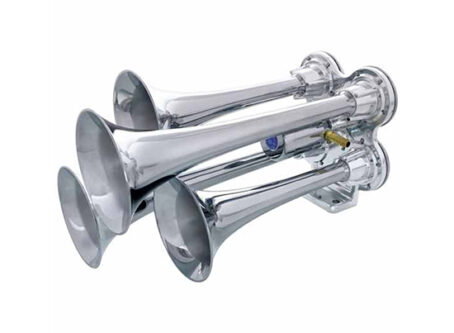Tesla Autopilot crash results in first felony charges related to automated systems
Tesla is making history again. This time, an owner of a Model S is facing vehicular manslaughter charges, the first time felony charges have stemmed from a crash involving an automated driving system like Tesla’s Autopilot feature.
In October, Los Angeles prosecutors filed a felony complaint against Kevin George Aziz Riad. According to the complaint, Riad, 27, was involved in a crash with Gilberto Alcazar Lopez and Maria Guadalupe Nieves-Lopez, both of whom were killed. Two counts of vehicular manslaughter are pending against Riad, including one felony count.
The Associated Press reports this is the first time someone is facing felony charges in a crash involving a vehicle using an automated driving system such as Autopilot. Although charges were filed in October, the case came to light only recently.
There are examples of similar charges in other cases involving automated driving systems. However, those were under testing conditions, such as the 2018 Uber crash that killed a pedestrian. Riad’s case is the first known felony case involving commercially available automated technology like Autopilot.
Court records show that the crash occurred on Dec. 19, 2019. Soon after, the National Highway Traffic Safety Administration announced it would investigate the crash. Although the felony complaint does not mention Autopilot, NHTSA’s investigation revealed that Autopilot was on. NHTSA is expected to publish those findings soon.
According to the Associated Press, Riad’s Tesla Model S was on Autopilot when it left a freeway at a high rate of speed. The Tesla ran a red light and slammed into the Honda Civic occupied by the Lopezs.
Riad has pleaded not guilty and is free on bail. A preliminary hearing is scheduled for Feb. 23 at the Compton Courthouse.
Autopilot scrutiny
Tesla’s Autopilot has been under scrutiny and federal investigations for several years. Last August, NHTSA opened an investigation into Tesla’s Autopilot and Traffic Aware Cruise Control Systems. NHTSA’s Office of Defects Investigation has identified 11 crashes since 2018 involving various Tesla models that were using the systems when the vehicles crashed into parked emergency vehicles.
In February, the National Transportation Safety Board sent a letter to NHTSA, urging the federal government to focus on creating performance standards for collision avoidance systems, including automated driving systems. In November 2020, the Owner-Operator Independent Drivers Association sent a letter to NHTSA expressing concerns over Tesla’s Full Self-Driving system.
In August 2019, NTSB issued a report blaming Autopilot for a 2018 crash involving a 2014 Tesla Model S and a 2006 Seagrave fire truck.
“NHTSA reminds the public that no commercially available motor vehicle today can drive itself,” a NHTSA spokesperson told Land Line. “Whether a (Level 2) automated driving system is engaged or not, every available vehicle requires the human driver to be in control at all times, and all state laws hold the human driver responsible for the operation of their vehicles. Certain advanced driving assistance features can promote safety by helping drivers avoid crashes and mitigate the severity of crashes that occur, but as with all technologies and equipment on motor vehicles, drivers must use them correctly and responsibly.” LL









